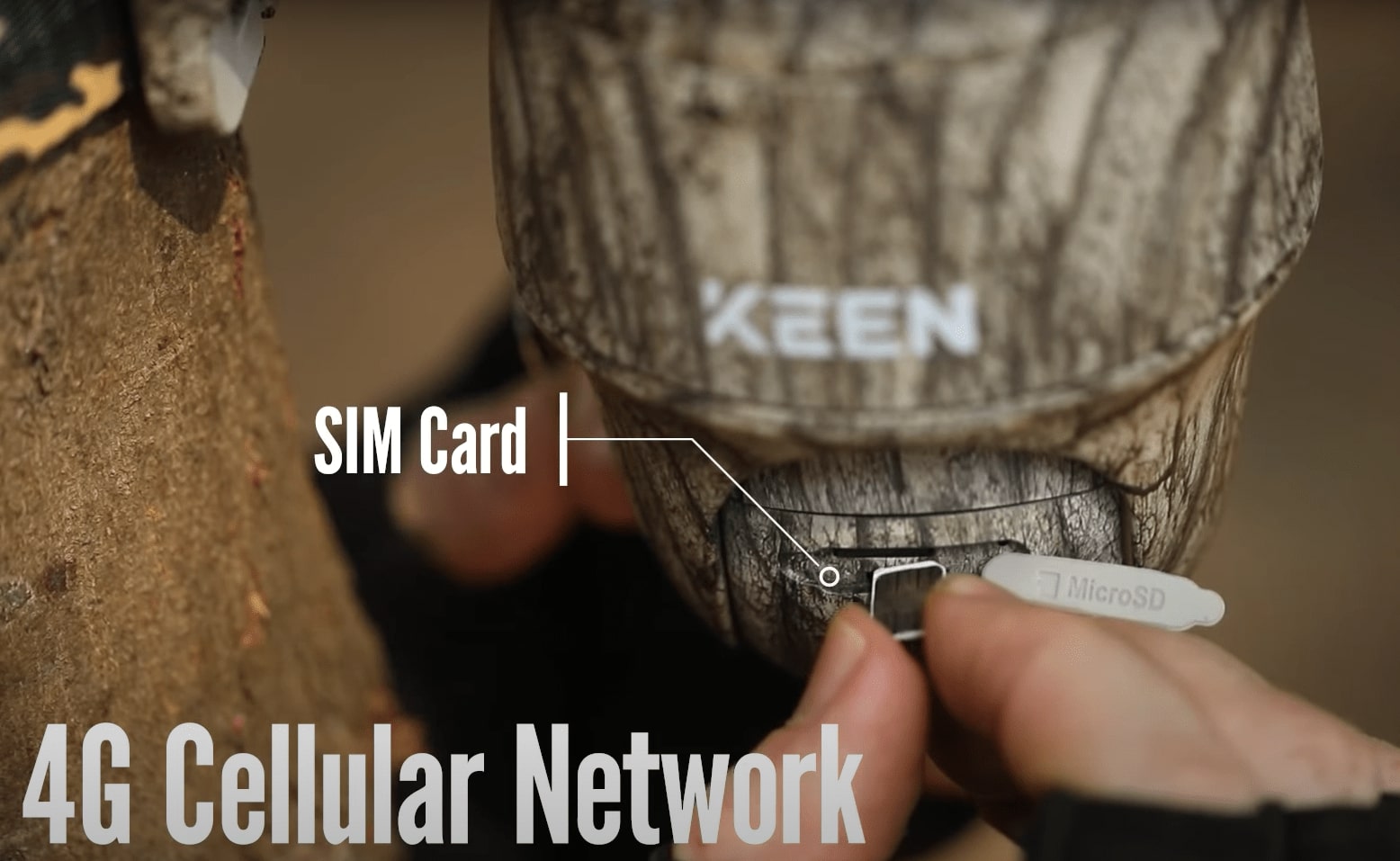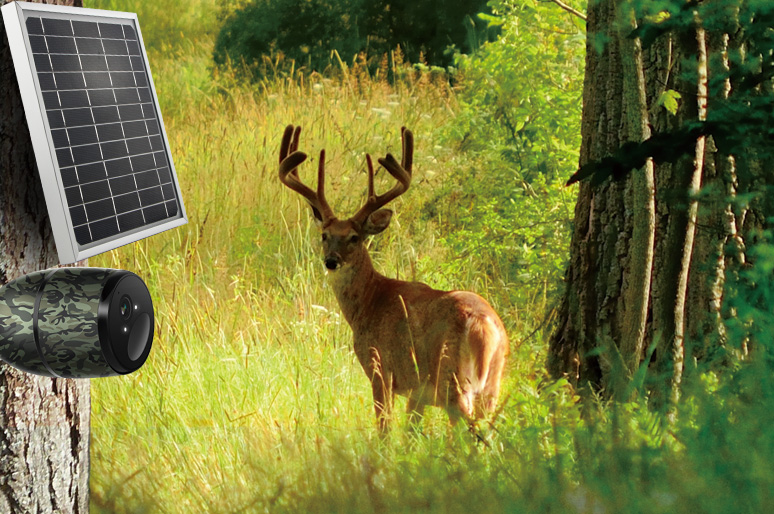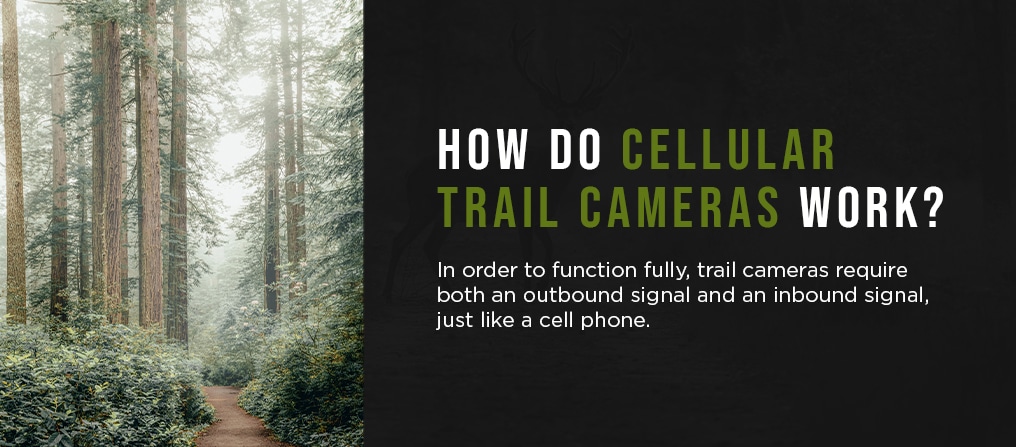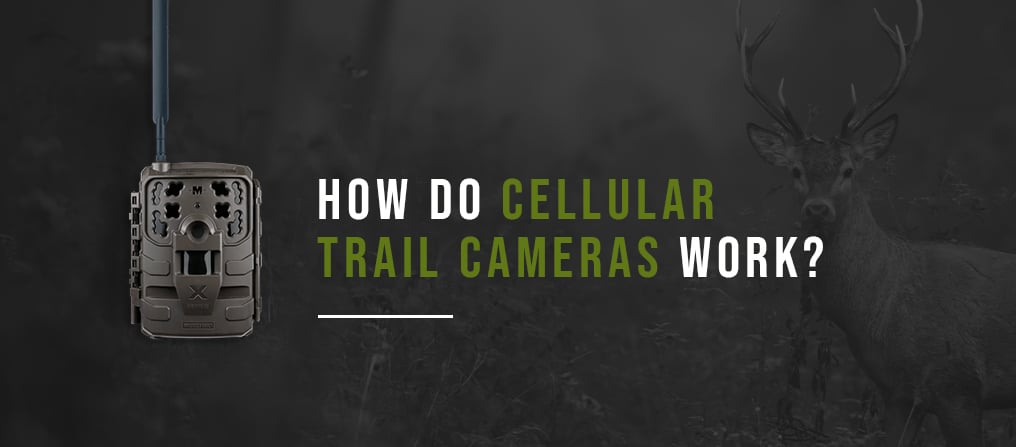Cellular trail cameras work by capturing images or videos of wildlife and wirelessly sending them to a user’s device. These cameras use a cellular network to transmit data, allowing users to remotely monitor wildlife activity without physically being present.
With advancements in technology, cellular trail cameras have become increasingly popular amongst outdoor enthusiasts and wildlife researchers. They provide real-time information about animal behavior, helping users make informed decisions about hunting, wildlife conservation, or research projects. As these cameras continue to evolve, they offer a convenient and efficient way to gather data and track wildlife in their natural habitats.

Credit: reolink.com
Components Of Cellular Trail Cameras
Cellular trail cameras operate by utilizing components such as a built-in cellular network module, motion sensors, and a camera lens. These cameras work by detecting motion, capturing images or videos, and then transmitting them wirelessly via cellular networks, allowing users to monitor and access the camera’s data remotely.
Cellular trail cameras are innovative devices that have revolutionized wildlife photography and hunting. They work by utilizing advanced technology to transmit images and videos captured in remote areas to your mobile device or computer. These cameras consist of several key components that work together seamlessly to provide you with real-time updates on wildlife activities in your hunting area.
Camera
The camera component of a cellular trail camera is the heart of the device. It is responsible for capturing high-quality images and videos of wildlife in their natural habitat. Equipped with advanced sensors and lenses, the camera ensures that every image and video you receive is clear and detailed. The camera’s settings can be adjusted to a desired resolution, trigger speed, and time-lapse intervals to capture wildlife activities effectively.
Cellular Module
The cellular module is the crucial element that enables the transmission of images and videos from the camera to your preferred device. Embedded with a SIM card, this module connects to your chosen cellular network provider, allowing for wireless data transfer. The module utilizes technologies such as 3G, 4G, or even 5G, depending on the device’s specifications and network availability. This seamless connectivity ensures that you receive real-time updates on wildlife movements.
Antenna
The antenna of a cellular trail camera plays a vital role in ensuring optimal signal strength and reception. It picks up cellular signals from nearby towers, allowing for reliable communication between the camera and your mobile device or computer. The quality and placement of the antenna are crucial in maintaining a stable connection and preventing signal interruptions. A well-designed antenna enhances the effectiveness of the cellular trail camera, ensuring you never miss any wildlife activity.

Credit: reolink.com
How Cellular Trail Cameras Capture Images
Cellular trail cameras are innovative tools that offer hunters, wildlife enthusiasts, and researchers a convenient way to monitor activity in remote locations. These cameras are equipped with cellular capabilities, allowing them to transmit images and data to a user’s smartphone or computer. Understanding how cellular trail cameras capture images can provide valuable insight into their functionality and potential applications.
Motion Detection
Cellular trail cameras utilize motion sensors to detect movement within their field of view. When a motion is detected, the camera activates, preparing to capture an image. This advanced technology allows the camera to conserve power while still providing real-time monitoring of the designated area.
Image Capture
Upon detecting motion, the cellular trail camera rapidly captures a series of high-resolution images. These images are then transmitted via cellular networks to a predetermined device or cloud storage. This process ensures that users receive prompt and accurate information about the activity in the monitored area.
Transmission Of Images
Transmission of images is a crucial aspect of how cellular trail cameras operate. These cameras utilize data plans to send images captured in the field to a remote location.
Data Plan
Data plans are essential for cellular trail cameras to transfer images over a network to the user’s designated device or cloud storage. These plans vary in terms of data limits, frequency of image transmissions, and costs.
Network Coverage
The effectiveness of image transmission depends on the network coverage available in the camera’s location. A strong network signal ensures prompt and reliable image delivery to the user.
Image Distribution
Once the images are transmitted, they are distributed according to the user’s preferences. Users can choose how they want to receive the images, whether through email, mobile app notifications, or cloud storage.
Benefits Of Cellular Trail Cameras
Real-time Monitoring
With cellular trail cameras, you can monitor wildlife activity in real-time.
Remote Access
You can access the camera’s footage remotely from anywhere using your smartphone or computer.
Increased Efficiency
Cellular trail cameras enhance efficiency by instantly transmitting photos and videos.
Considerations Before Using Cellular Trail Cameras
Cellular trail cameras provide a convenient way to monitor wildlife activity remotely. With an integrated cellular network, these cameras transmit images and videos directly to your mobile device, allowing for real-time monitoring and data collection. Before using these cameras, it’s important to consider factors like network coverage, battery life, and data plans to ensure the best performance and cost-effectiveness.
Considerations Before Using Cellular Trail Cameras Cellular trail cameras have revolutionized the way hunters and wildlife enthusiasts monitor and capture wildlife activity. Before delving into the benefits of these cutting-edge devices, it’s crucial to consider some important aspects. From data costs to battery life and security, these factors can significantly impact the effectiveness and convenience of using cellular trail cameras. Data Costs When using cellular trail cameras, it’s important to factor in the associated data costs. Each photo or video captured by the camera requires data for transmission. This continuous flow of data can lead to significant expenses, especially if the camera is placed in an area with limited signal strength. It’s advisable to select a data plan that aligns with your anticipated usage to avoid overage charges. Battery Life Battery life plays a crucial role in the functionality of cellular trail cameras. As these devices constantly transmit data, they can drain batteries rather quickly. Ensuring the camera has a long-lasting battery or utilizing alternative power sources, such as solar panels, can help maintain continuous operation without frequent battery changes. Security Maintaining security for cellular trail cameras is essential to safeguard against theft or unauthorized access. Placing the camera in a secure, inconspicuous location and utilizing additional security measures, such as locks or camouflage, can help prevent tampering. Some advanced models also offer built-in security features to protect the device and the data it captures. Overall, understanding the implications of data costs, battery life, and security is imperative for maximizing the potential of cellular trail cameras. By carefully considering these factors, users can ensure seamless and efficient operation while capturing captivating wildlife moments.
Credit: www.moultriemobile.com
Conclusion
Cellular trail cameras offer a convenient way to monitor wildlife and capture images remotely. Understanding the technology behind these cameras can help users make the most of their outdoor experiences. With their ability to transmit images and data wirelessly, cellular trail cameras have revolutionized the field of wildlife monitoring.


0 comments